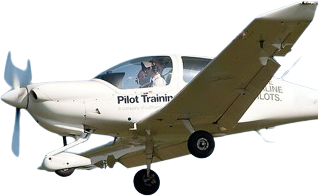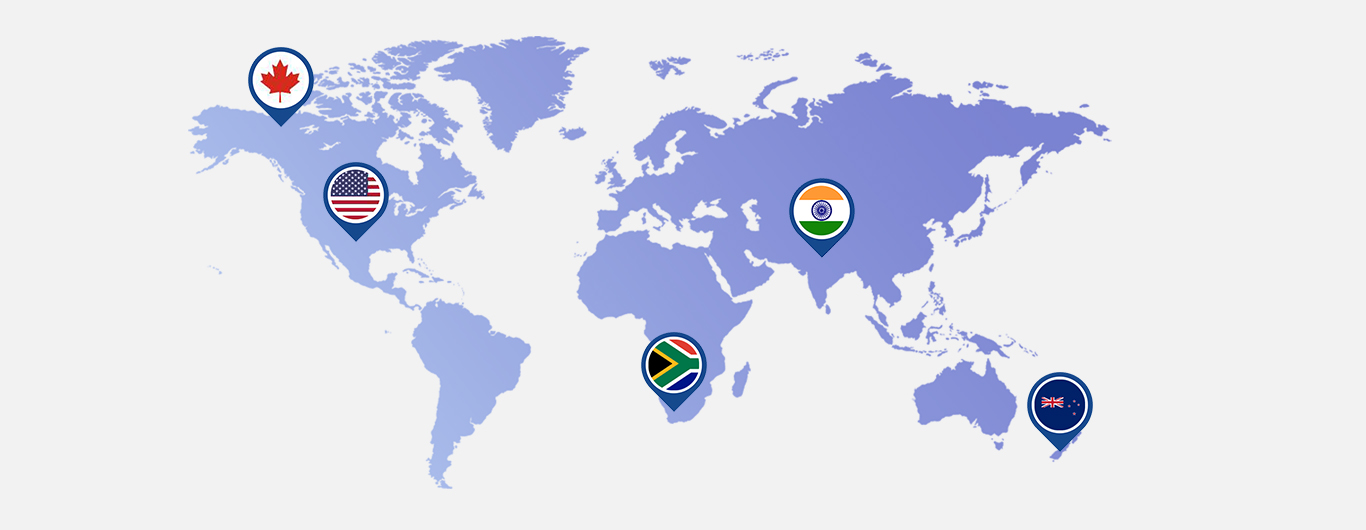The USA stands out as the premier destination for international students seeking Commercial Pilot Training, boasting a rich array of study and flight training opportunities. Particularly popular among Indian students, the country offers a top choice for obtaining a commercial pilot license, owing to its well-established aviation infrastructure and multitude of flight schools. With expansive airspace and diverse weather conditions, aspiring pilots gain comprehensive training experiences, mastering skills necessary for successful aviation careers. The USA's adherence to rigorous safety regulations, coupled with advanced meteorological services, ensures top-quality instruction and safety throughout training. Beyond education, living in the US provides exposure to a diverse population, fostering confidence and cultural exchange.


Flight Training Solutions is proud to announce our affiliation with one of the premier flying schools in the Florida, United States. This affiliation enables us to enhance our offerings and provide unparalleled training opportunities to our students. Our affiliate school boasts a distinguished reputation for excellence in aviation education, equipped with state-of-the-art facilities and a fleet of modern aircraft. Their team of highly experienced instructors is dedicated to fostering a culture of safety, proficiency, and professionalism in every aspect of flight training. With a comprehensive curriculum tailored to meet FAA standards and industry demands, students benefit from personalized instruction, cutting-edge resources, and immersive learning experiences. This collaboration further strengthens our commitment to delivering top-tier aviation training and empowers aspiring pilots to embark on successful careers in the dynamic field of aviation.The flight training academy offers both PART 141 & PART 61 course.
| Course Duration | 10-12 months |
| Fleet Size | 24 Aircrafts |
| Type of Fleet | Cessna 152, Cessna 172, Piper PA-28, Piper PA-34 |
Flight training in the United States operates under two distinct regulatory frameworks: Part 141 and Part 61. Each framework comes with its own set of rules, criteria, and benefits. Below are the primary distinctions between Part 141 and Part 61 flight schools.
It's essential to recognize that both Part 141 and Part 61 schools offer high-quality flight training. Your preference between the two depends on factors such as your learning style, objectives, availability, and preferences. Researching and visiting both types of schools, conversing with instructors and students, and evaluating how each aligns with your aviation goals is recommended.
Part 141 institutions provide a meticulously organized and FAA-endorsed training regimen. The curriculum is predefined and strictly adheres to the FAA's rigorous standards.
Part 141 institutions often impose reduced minimum flight time prerequisites for specific certificates and ratings. This streamlines the training process, expediting your progress.
Part 141 institutions typically enlist seasoned flight instructors who adhere to the authorized syllabus, ensuring a consistent training experience.
Students enrolled in Part 141 institutions undergo periodic progress evaluations and stage checks to verify their compliance with FAA standards at each training juncture.
The structured format of Part 141 training frequently leads to expedited completion of training programs, which can be particularly advantageous for those seeking swift entry into the workforce.
Part 141 institutions are eligible for self-examining authority.
Part 61 training offers greater flexibility, allowing flight instructors to customize training according to the unique needs of individual students. While the curriculum is less rigid compared to Part 141 schools, it doesn't follow a structured program.
Part 61 facilitates a more personalized learning journey, adapting to the student's pace, strengths, and weaknesses, albeit potentially extending the time required for completion.
Part 61 institutions adhere to FAA minimum flight time requirements, potentially necessitating more flight hours compared to Part 141 schools.
Part 61 schools typically lack mandatory stage checks, though some may opt to include them as part of their training framework.
Part 61 training may be better suited for individuals with unpredictable schedules or those balancing flight training with employment or full-time education in the USA.
